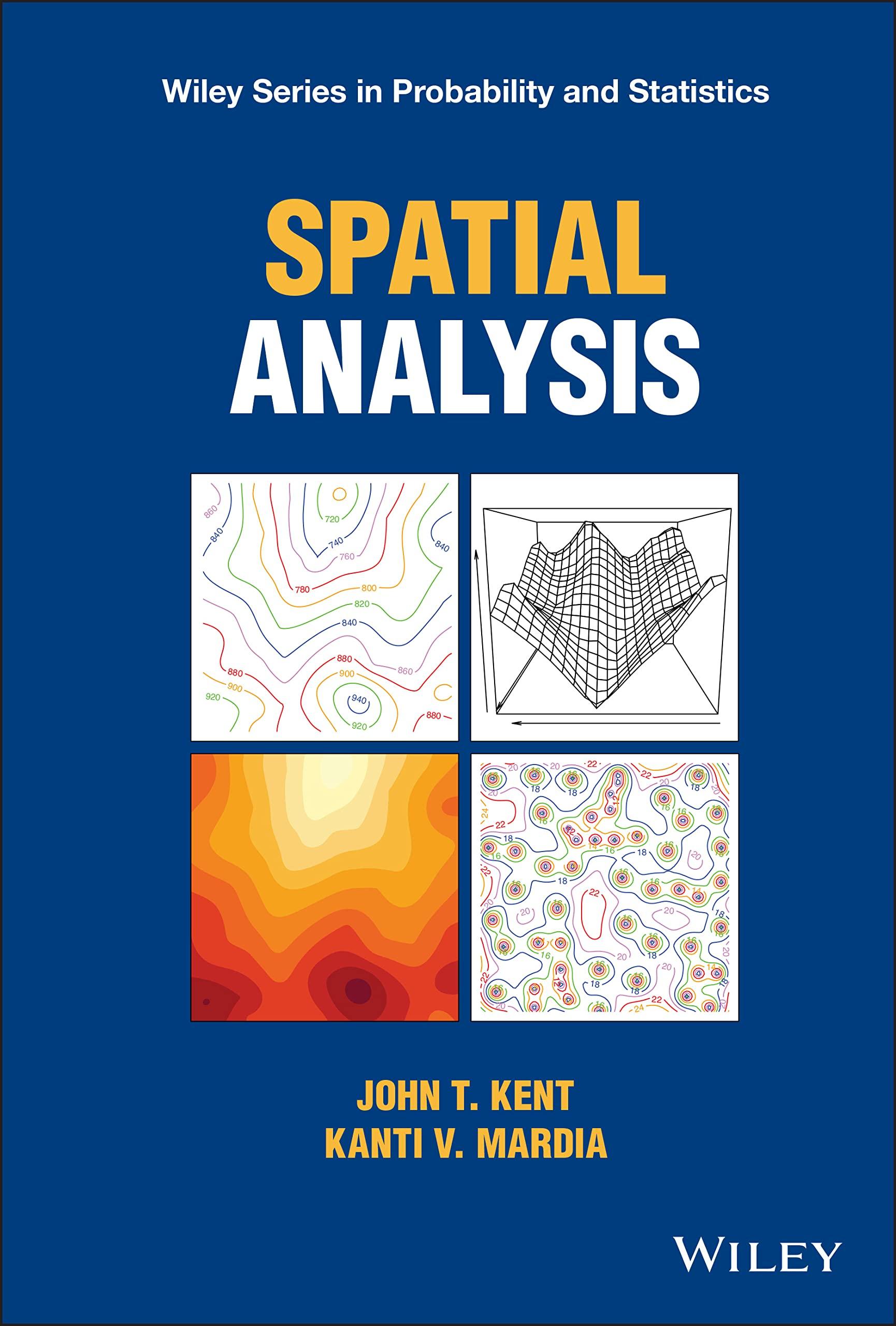8.3 In the same setting as Exercise 8.2, suppose it is desired to predict a new signal...
Question:
8.3 In the same setting as Exercise 8.2, suppose it is desired to predict a new signal S0 given observations Z = [Z1, ..., Zn]
T. Here, it is assumed that
[S0, ST]
T are jointly multivariate normal with E(S0) = ????0, var(S0) = ????00 and cov(S0, Si
) = ????0i
, i = 1, ..., n. The best linear predictor takes the form Ŝ
0 = ????0 + cov(S0, Z)
T var(Z)
−1(Z − E(Z))
with prediction variance
????00 − cov(S0, Z)
T var(Z)
−1 cov(Z, S0).
Show that cov(S0, Z) and var(Z) have elements cov(S0, Zi
) = ????0i gi
, cov(zi
, zj
) = {gi gj
{
exp (
????ij)
− 1
}
, i ≠ j, g2 i
{
exp (
????ii)
− 1
}
+ gi
, i = j, for i ≠ j = 1, ..., n and where gi = exp(????i + 1 2
????ii).
Fantastic news! We've Found the answer you've been seeking!
Step by Step Answer:
Related Book For 

Question Posted:






